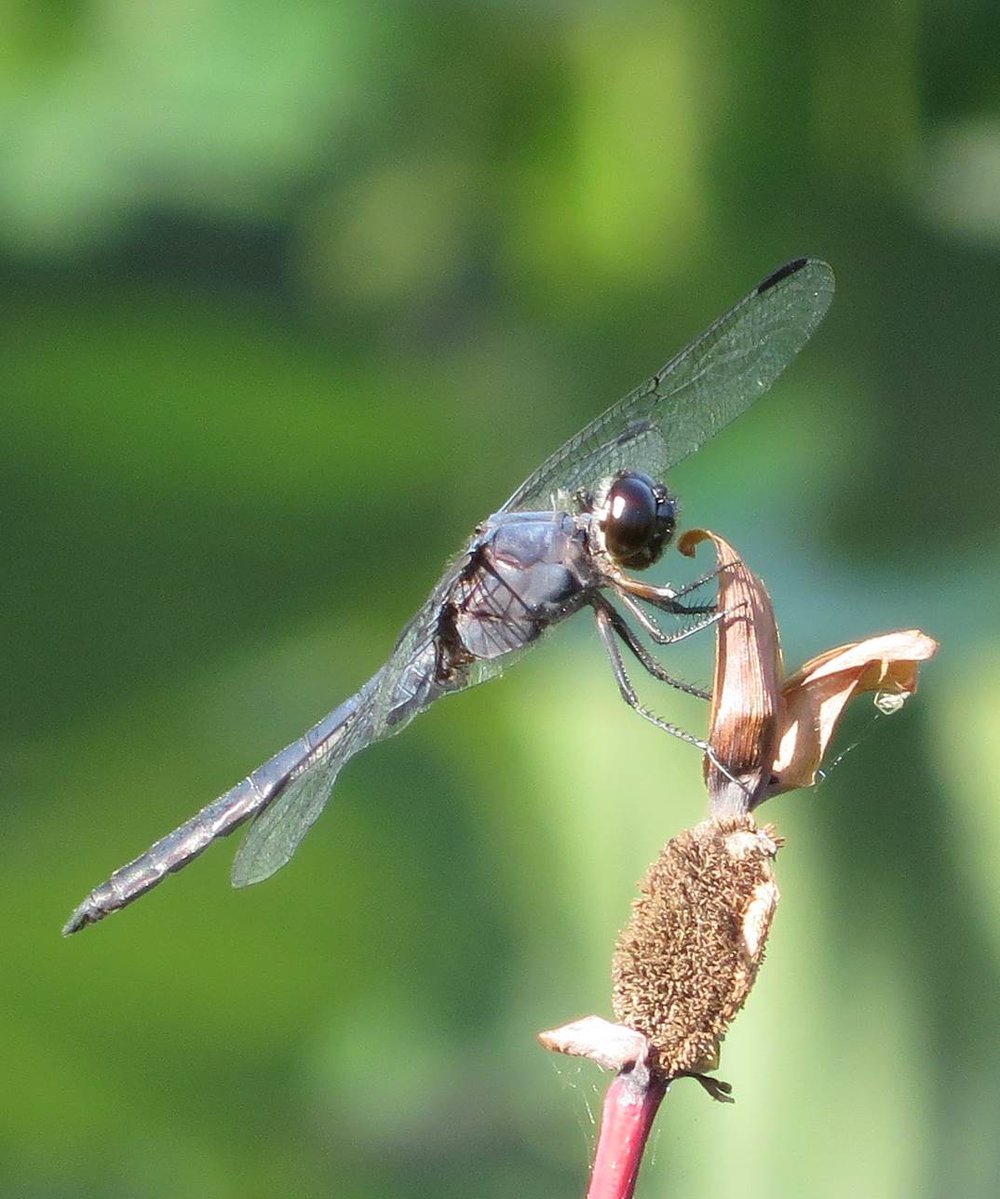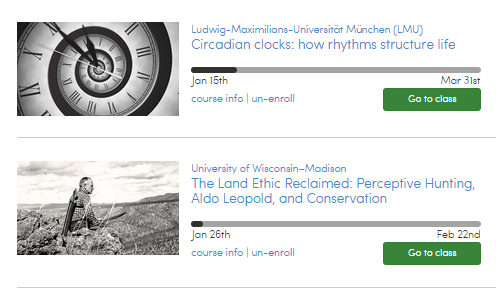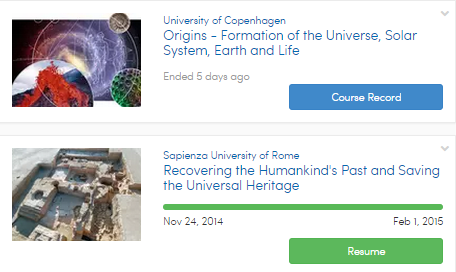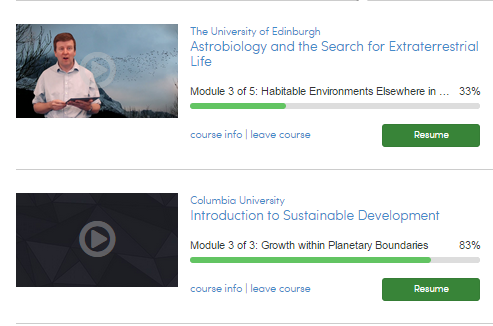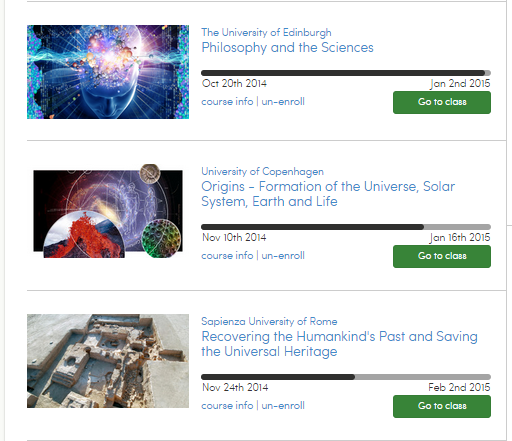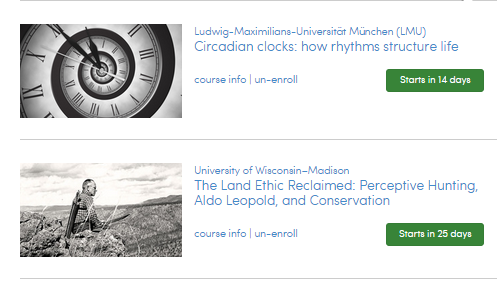Master Naturalist Training - Week 2
/ This week was the second of eight days of training to become a Master Naturalist in Maryland. Like last week, the day was sandwiched between snow days; the roads were clear but snow was still piled up and salt was being sprinkled on walkways. We keep saying that hikes are part of the training days but it hasn’t been possible so far. I took a few pictures in the morning as I walked into the classroom building at Belmont. The cypress stands at the edge of the ice covered pond (above); we noticed the knees on a hike down to the pond last spring. A pine provides some contrast to the bare trees and white ground looking over the hill toward the forest. Since the class, another 3 inches of snow has fallen. The forecast does appear to be warming - but will it all be melted by next Wednesday?
This week was the second of eight days of training to become a Master Naturalist in Maryland. Like last week, the day was sandwiched between snow days; the roads were clear but snow was still piled up and salt was being sprinkled on walkways. We keep saying that hikes are part of the training days but it hasn’t been possible so far. I took a few pictures in the morning as I walked into the classroom building at Belmont. The cypress stands at the edge of the ice covered pond (above); we noticed the knees on a hike down to the pond last spring. A pine provides some contrast to the bare trees and white ground looking over the hill toward the forest. Since the class, another 3 inches of snow has fallen. The forecast does appear to be warming - but will it all be melted by next Wednesday?
My preparation for the second class included reading the Science of Science section of the notebooks - which was provided to us during the first class….and I did the web based pre-reading as I had done before. The area I spent the most time looking at was web-based: Criticalthinking.org - I read the complementary articles.
When I got to class - the topic for the morning was focused on local activism toward sustainability using Bethesda Green as an example. The presentation then small group collaboration on specifics for our county was invigorating. Now I’m dangerous and thinking about what to do next to further sustainability. I am already consciously making changes in the way I live but it is clear that there are challenges that cannot be addressed by individuals acting alone. Even some well-intentioned actions at an institutional level can go awry; we heard examples of a university cafeteria providing compostable to go cartons….and then not providing a bin for compostables (so they were treated as trash); a corporation having recycle bins in offices but the maintenance people emptying everything into the trash as they cleaned the offices at night.
In the afternoon - we looked more closely at rocks in our area. At mid-afternoon we were looking at bins of rocks and trying to identify them. We have a field trip in late March which will take us through areas where we should see many of the rocks along the trail! I bought the Maryland’s Geology by Martin F. Schmidt, Jr. (our instructor) to refresh my memory before the hike.
The second class was an intense and the first. I am very glad that the class days are a week apart. This is the type material that could not be absorbed in back to back days!

